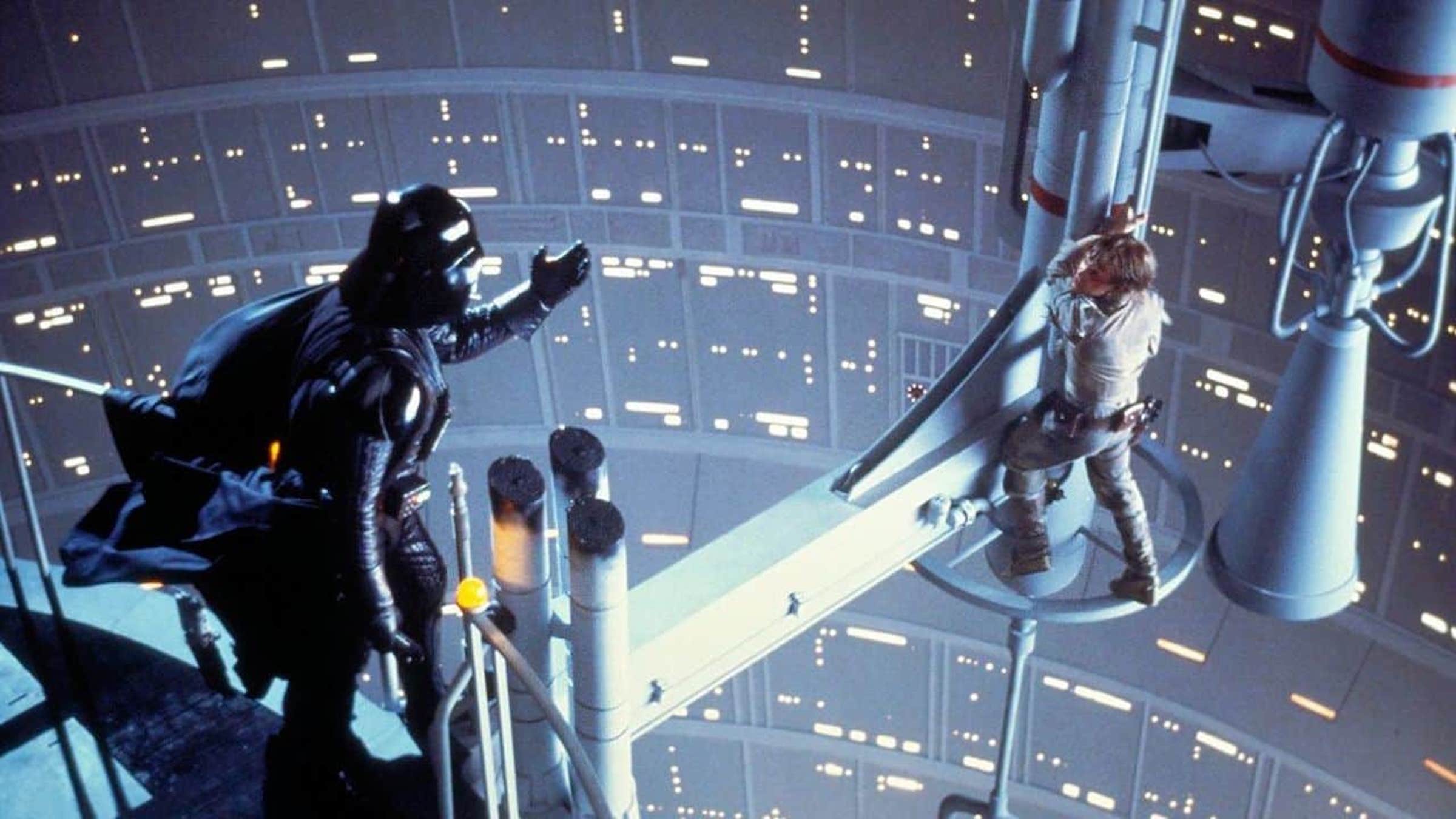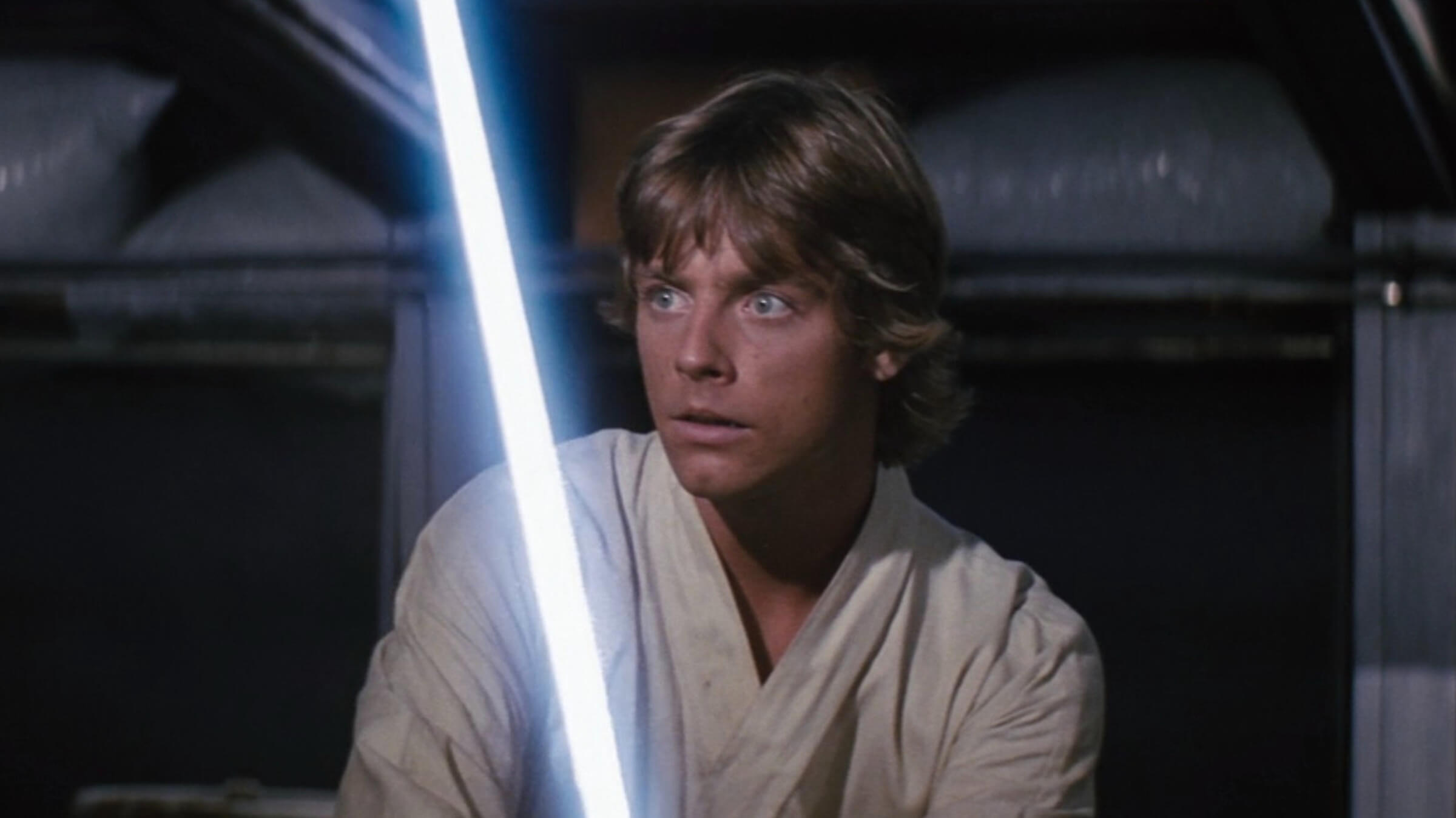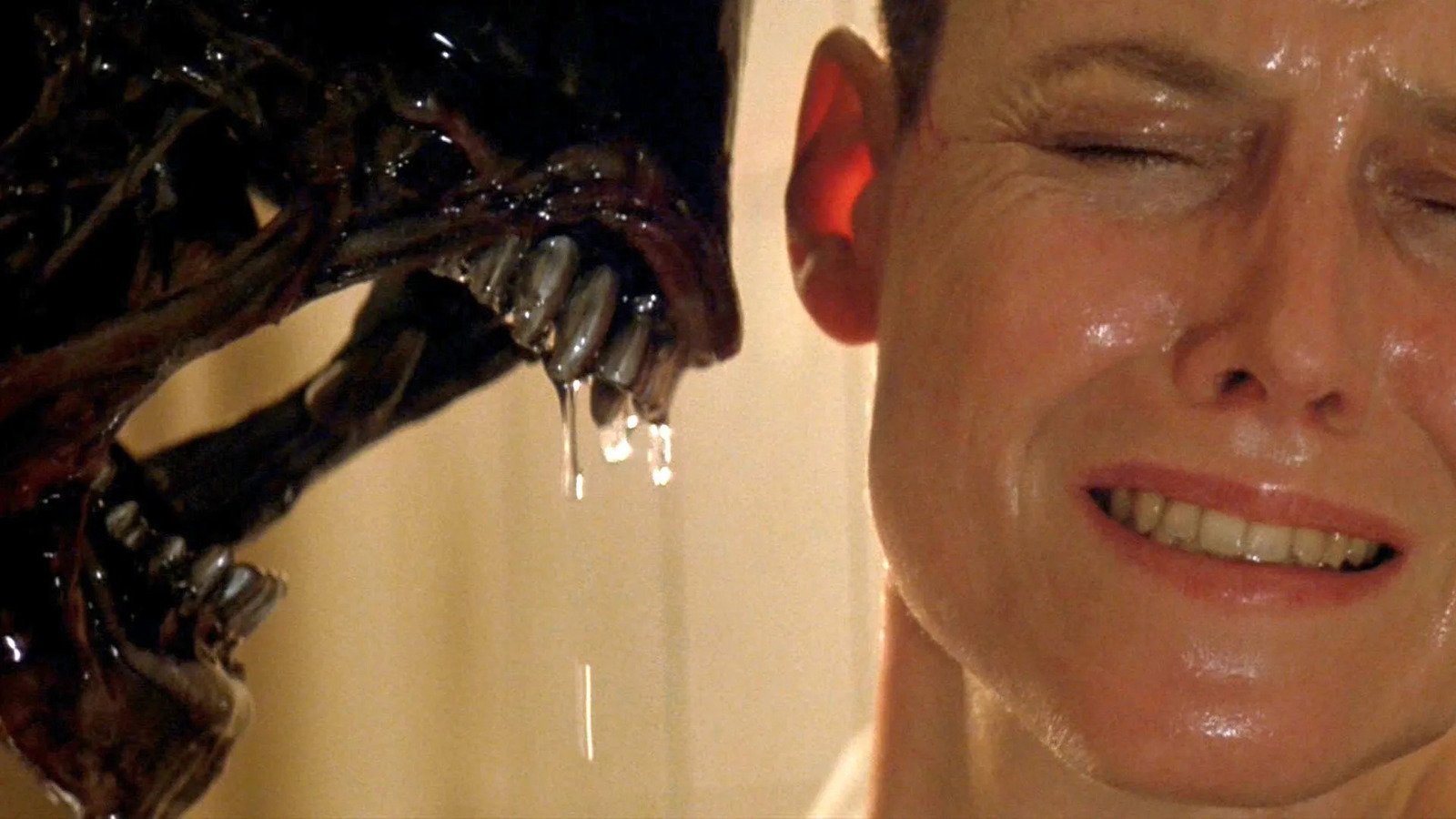Using Emojis in Your Script: Text Message Format and More
January 23, 2024
As our world changes, so does the way we tell a story.
If a character is texting their friend a trio of laughing emoticons, or emojis, in response to a situation, we expect to see those laughing faces. But can you insert emojis into a screenplay? And if so, how can writers most effectively use them?
Here are a few ways to effectively add emojis in text messages in your screenplay.
Emojis in Our Culture and Everyday Life
Emojis were created in the late 1990s for Japanese mobile phones, according to Wired. However, they popularized worldwide in 2010 after being introduced to several mobile operating systems.
Today, emojis are simply a part of our everyday life. Whether it is a text exchange on your phone, a comment on social media, or an online message board, we often see emojis every day. In addition, emojis have been included in many computer keyboards, allowing people to utilize them more freely and widely on various platforms. As a result, emojis have become a universal form of expression that’s immediately understandable to people.
And because of this, emojis have a place in screenwriting.
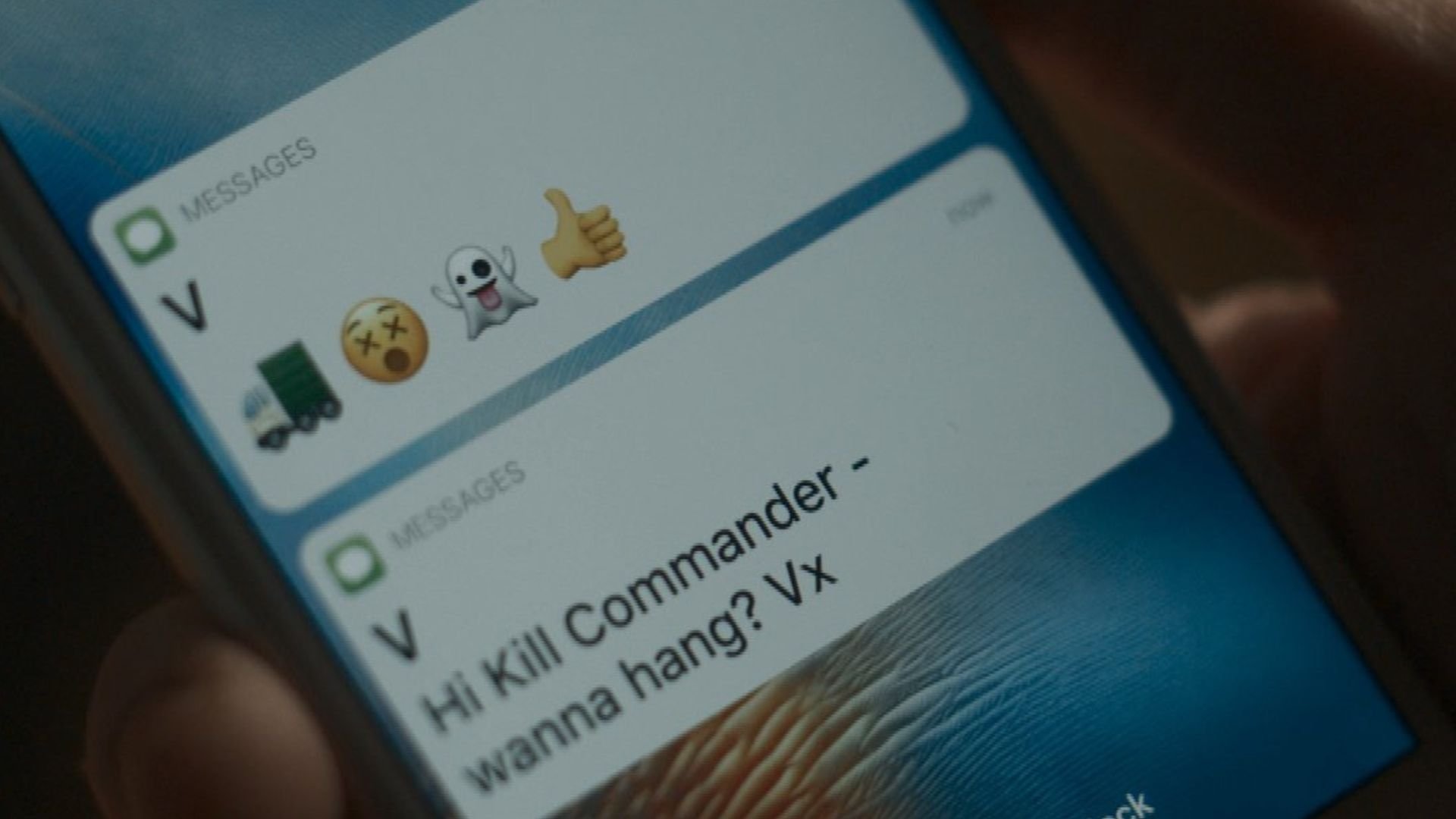
Worldbuilding in an Emoji Era
Recently, text exchanges have become common in movies and television series. In most cases, the text message bubbles are visualized on screen and can often act as narrative shorthand. In other words, reading a text exchange in a film or TV helps the audience follow what’s going on with the characters without the need for lengthy dialogue or exposition.
It’s also relatable to audiences since most of us communicate this way with people, and it makes for a stronger “suspension of disbelief.” If the world you create is familiar and believable, people are more likely to accept what transpires happens in it, regardless of how far-fetched it might be. By extension, the more authentic the text exchange, the more believable it’ll be to readers.
Previously, a screenwriter couldn’t easily insert an emoji into their screenplays. Often, writers had to write out the emoji. For example, if a writer wanted to convey that a character was sending another character a smiley face via a text message, they’d have to resort to a text approximation :-).
This still can work from a narrative standpoint, but it can take the reader out of your story because they’re momentarily aware of the artifice surrounding it. However, if a writer could easily use an emoji in their fictional text exchange, readers would remain immersed in their story and accept it as “reality.”
Well, get ready to insert some emoji smiley faces because this is now possible for screenwriters.
Read More: Take 5: How ‘m3gan’ Uses the Dark Side of Technology to Scare
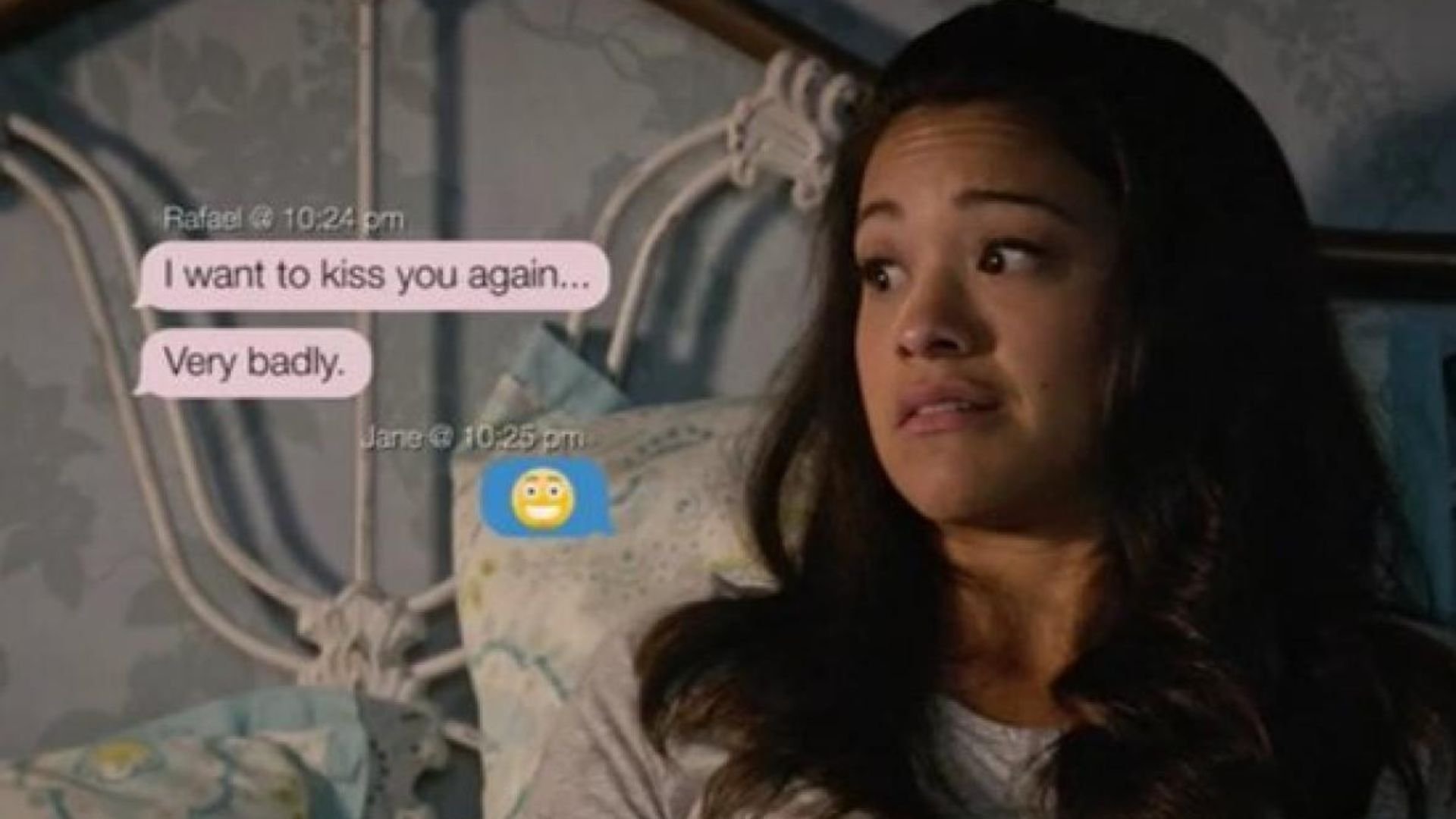
Final Draft 13 and Emoji Support
One of the many new features of Final Draft 13 is emoji support, which means screenwriters are now able to easily insert emojis into their screenplays just like they would with any keyboard or platform that supports emojis.
You’ll find the full range of standard Unicode emojis and symbols available on most computers and mobile devices, including skin tone variation for human emojis. The emojis will also update along with your emojis on your keyboards and other devices, giving you increased choices in the future.
To insert emojis into your script, click on the emoji icon on the Toolbar or go to Edit > Emoji & Symbol. A window opens with all the emojis and symbols organized similarly to your other devices. There’s also a search field, so you can easily find the emoji or symbol you want while in the throes of writing. You can use emojis in a script and other views with any element. You can likewise use emojis in Beats, ScriptNotes, and Outline Editor previews.
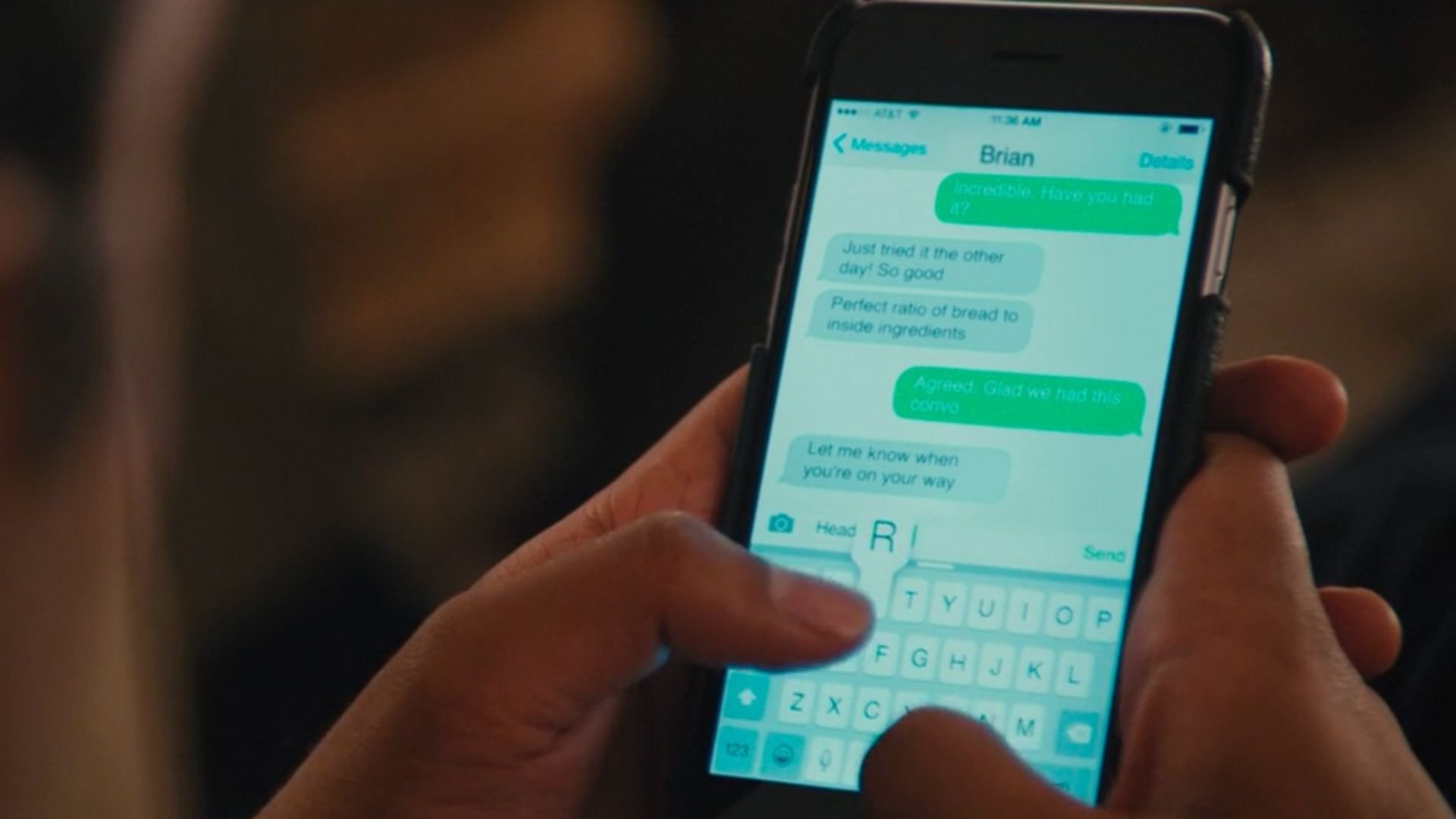
Using Emojis in Your Screenplay
Now that Final Draft users can insert emojis, a writer might have the following question: how should they utilize this feature most effectively in their screenplay?
Similar to inserting images into your script, it’s all a matter of moderation. Many industry professionals decide whether or not they will continue to read a script depending on how professionally formatted it looks. If your screenplay is overloaded with images and emojis, it might look unprofessional and distract from what matters most: your writing.
At the same time, millennials and Gen Zers working in the film and television industry are accustomed to visual stimuli, possibly becoming more receptive to images and emojis in your screenplay. As the times change, so do the look of visual embellishments of screenplays. They are becoming more common and accepted. These days it is important to have cinematic formatting and make a statement. A strategically placed emoji here might do the trick.
Once again, it is all a matter of moderation.
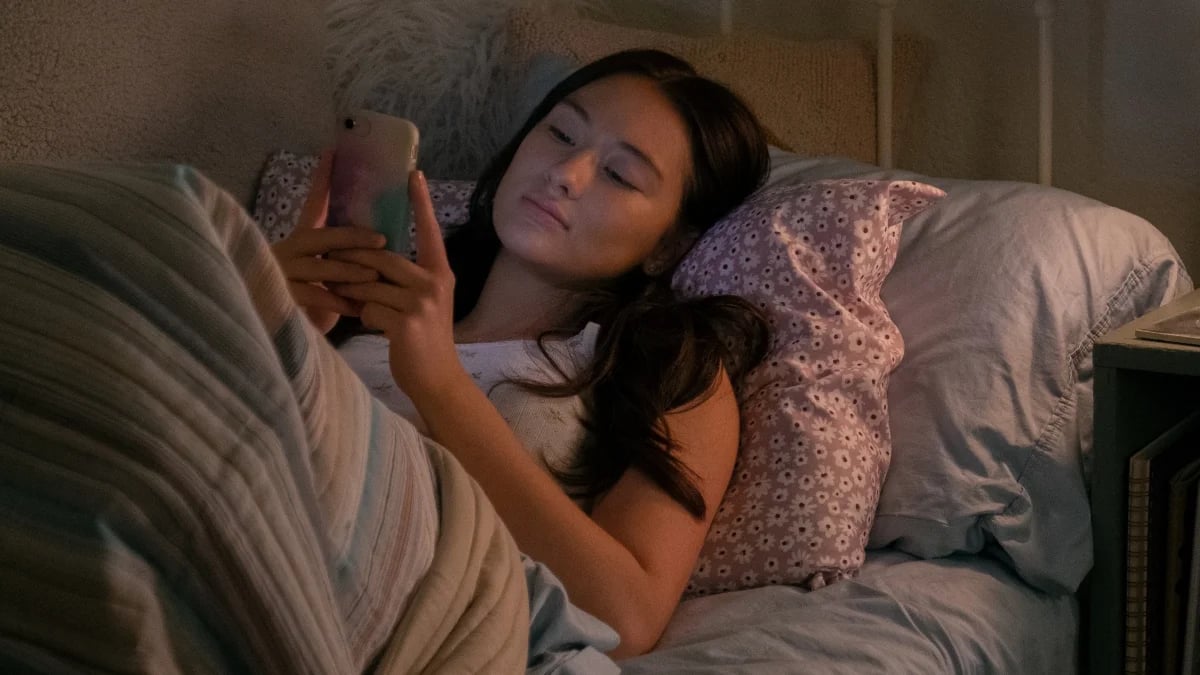
---
When deciding inserting an emoji into your screenplay, you should ask yourself the following questions: "Is it necessary to the story and is it reflective of reality?"
If you have a scenario where you feel a character would be using an emoji in a text or on a social media post, then by all means, insert the appropriate emoji. As mentioned above, this will create a suspension of disbelief and help the reader to stay immersed in your story. They will be seeing what your characters are seeing.
Emojis are just another storytelling tool. The more tools available to you, the better.
Cue the winking face emoji. 😉
Read More: 5 Steps for Developing Great Characters
Learn more about Final Draft 13 here!
Written by: Edwin Cannistraci
Edwin Cannistraci is a professional screenwriter. His comedy specs PIERRE PIERRE and O’GUNN both sold with more than one A-list actor and director attached. In addition, he’s successfully pitched feature scripts, TV pilots and has landed various assignment jobs for Universal, Warner Bros, Paramount and Disney.- Topics:
- Writing & Tools


